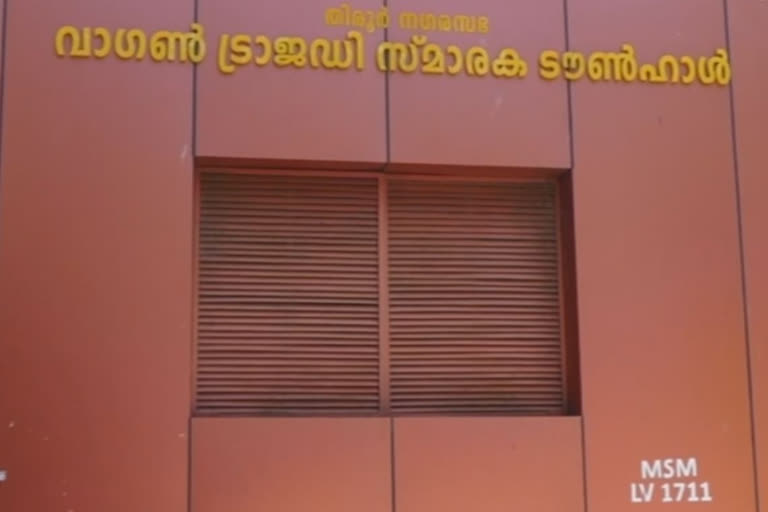Malappuram (Kerala): During the Indian Independence struggle, the Malabar rebellion started as a protest against the British and the landlords by Mappila Muslims of Northern Kerala. Mahatma Gandhi and the national leaders supported the struggle initially merging it to the Non-cooperation Movement. It snowballed into a bloody one, with a heavy communal overtone.
For the British - it was not easy - to crush this rebellion but they did manage to crush it by the end of 1921. But an incident that occurred when the rebels caught by the British were transported to prison left a scar too deep to heal. Came to be known as Wagon Tragedy, this year marks the 100th year of unmatched brutality the Indian rebels suffered under British rule.
At the fag end of the Malabar rebellion, more than 100 rebels were detained by the British and were charged with demolishing the Pulamanthol bridge on the Malappuram-Palakkad district border. On Nov. 20, 1921, these rebels were loaded in the wagon from Tirur railway station in Malappuram district and were to be transported to the Central Prison in Bellary district of Karnataka.
The rebels were tightly packed inside the wagon. In the words of Connolly Ahmed Haji, a survivor of the tragedy whose memoir was published as 'Wagon Tragedy' in 1981, the British Army packed the prisoners like stuffing cotton inside a pillow. Many prisoners void of space stood on one leg. After stuffing the prisoners into the wagon, the army personnel closed the doors. Within minutes after the journey started, the wagon has become like a gas chamber.
Ahmad Haji recalled in his memoir what followed next. The prisoners started screaming without breath in the wagon which did not pass light or air. They suffered from severe thirst and started collapsing. Some of them defecated even without their knowledge. Unable to stand the thirst, prisoners licked their sweat and tried to drink urine without much success.
Read: Jallianwala Bagh Massacre, a turning point in Indian Freedom Movement
